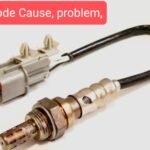The Dynamic Stability and Traction Control (DSTC) system is a Volvo feature. Initially, it appeared on the Volvo S80 saloon in 1998. As a result, this system plays a vital role in vehicle safety, improving handling and maneuverability and preventing skidding.
Table of Contents
HOW DSTC OPERATES

Stability is achieved by comparing the driver’s intended direction with the car’s actual direction. A processor determines the correct path based on steering wheel angle, brake pressure, and brake light switch position. Additionally, three other parameters are considered: wheel speed, yaw rate, and centrifugal force.
The system activates the brakes if necessary to correct the car’s course. It can also reduce engine torque by changing fuel injection amounts.
An always-on system cannot be turned off. The driver can, however, engage the Sport mode, where he can, for example, use “controlled skidding.”
Volvo DSTC Service Required: Causes and Fixes

Contents
Occasionally, the vehicle’s onboard diagnostic system detects a problem with the DSTC, causing the “DSTC Service Required” warning message to appear. There is a possibility that the ECU is not in communication with the DSTC or that the DSTC is temporarily unavailable.
What is DSTC Service Required?
A “DSTC Service Required” warning appears on a Volvo’s dashboard when Dynamic Stability and Traction Control is unavailable or malfunctioning.The body sensor cluster has a fault. A safety feature monitors the car’s steering angle, traction, and sideways acceleration to see if it might lose stability.
Any time the system notices something strange, it sends a warning message and informs the driver to take action. Skidding and loss of control are prevented by it in slippery conditions.
Symptoms of the DSTC Service Required
The “DSTC Service Required” warning may occur with symptoms that indicate DSTC problems. Symptoms can include:
Traction Control Activation

The Traction Activation system is activated when the vehicle’s traction control system is engaged. The purpose of this is usually to prevent the wheels from spinning excessively and losing traction. If the system detects a wheel slipping or losing traction, it applies the brakes or lowers the engine power to help the driver regain control.
The traction system can be a sign that the DSTC needs attention when it is engaged.
Loss of Stability
The DSTC may also cause instability or difficulty maintaining control during cornering or sudden maneuvers. This can occur if the vehicle suddenly swerves or veers off the road.
ABS Warning Light
Using ABS prevents wheels from locking up when you apply hard braking pressure. If the ABS warning light appears, there may be a problem.
Some vehicles feature the DSTC system integrated into the Anti-Lock Braking System (ABS). The ABS warning light may also illuminate if the DSTC is malfunctioning.
Causes of DSTC Service Required Warning

Several factors can lead to the “DSTC Service Required” alert. The following are some common causes and their corresponding solutions:
Wheel Speed Sensor Issues

For the DSTC system, wheel speed sensors are crucial since they provide speed data for each wheel. The speed sensor measures the speed of each wheel on a vehicle.
The wheel speed sensor sends electric signals based on how fast the wheel turns. A warning may be triggered if one or more sensors are faulty or dirty.
A common issue with wheel speed sensors is:
- Sensor damage
- Sensor alignment
- Wiring problems
- Sensor contamination
Malfunctioning Steering Angle Sensor
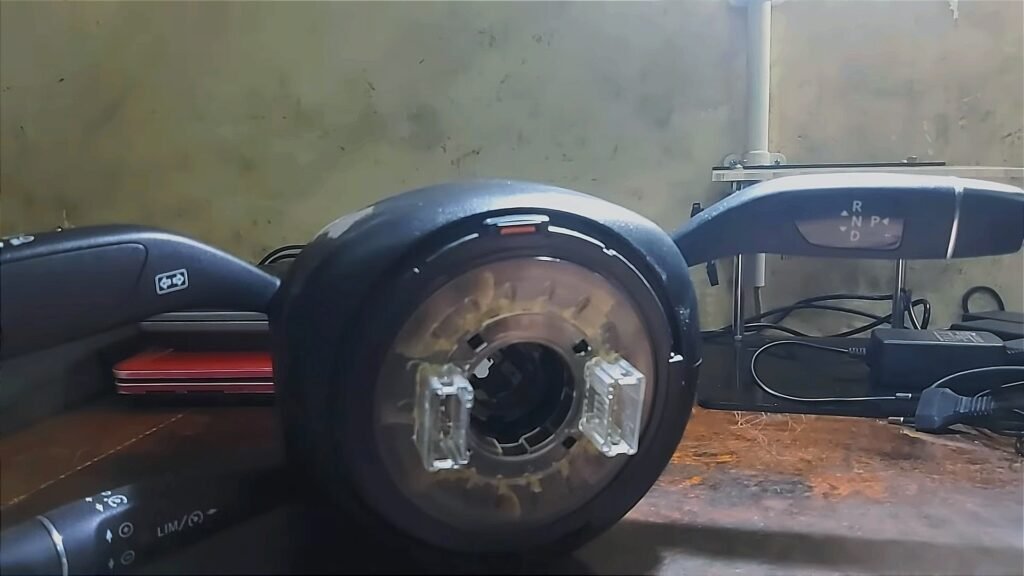
The steering angle sensor measures the yaw rate or steering position. The steering angle sensor monitors the direction and steering inputs of the vehicle. If a sensor malfunction, the DSTC system can be disrupted.
If the steering angle sensor malfunctions, the electronic control unit (ECU) responsible for stability control will receive incorrect data. As a result, the vehicle’s stability control system might not respond appropriately to changes in steering input.
If the stability control system is not working correctly, it may need to be diagnosed, calibrated, or replaced.
Faulty ABS System
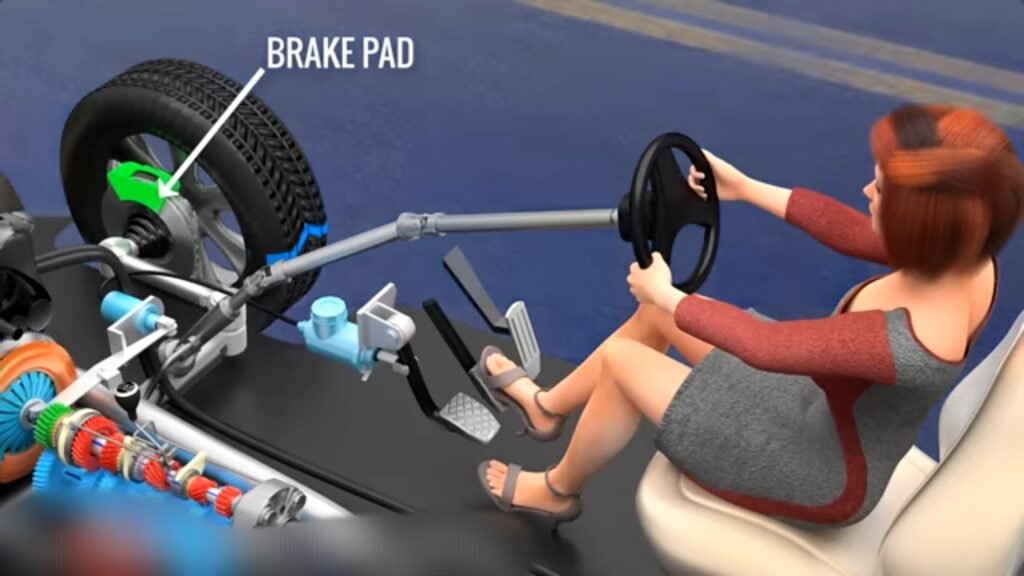
DSTC is often integrated with the ABS, so any problems with the ABS can trigger a warning. Symptoms of faulty ABS include:
- Illumination of ABS Warning Light
- Unresponsive ABS System
- Sounds of grinding or buzzing when braking.
- Irregular Brake Pedal Feel.
- The ABS’s proper operation may require proper diagnosis and repairs or component replacements.
Wiring or Electrical Connection Problems
A car’s electrical system consists of a network of wires, connectors, and other electrical parts that transmit power and information throughout the vehicle. This network of wiring and electrical connections is vital to DSTC’s operation.
Symptoms of faulty wiring or electrical connections include:
- Illumination of warning lights
- Intermittent malfunctions
- Complete system failure
Control Module Malfunction
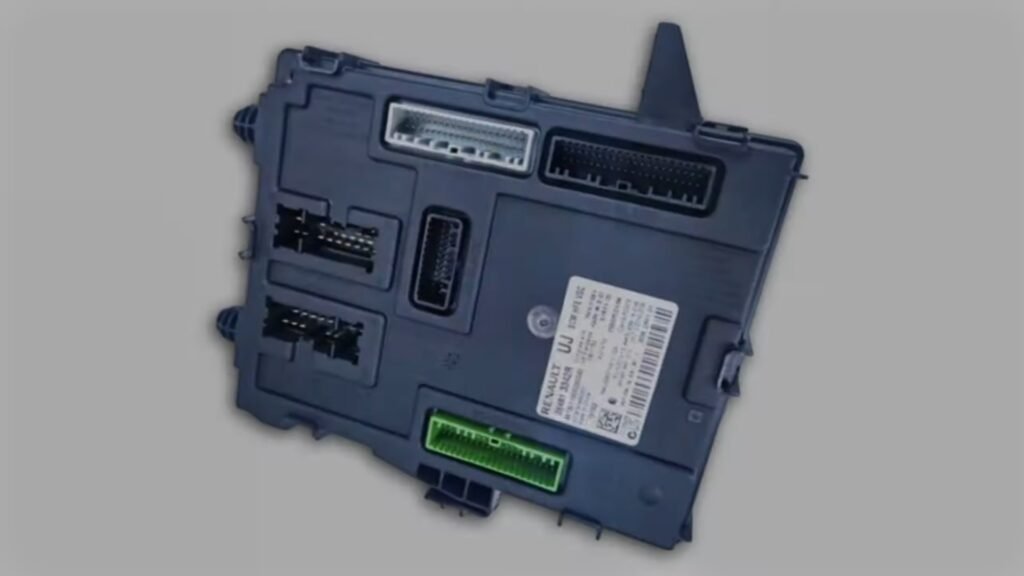
DSTC’s control module acts as the system’s brain, processing data and sending commands. Electrical problems, overheating, software errors, or physical damage could cause a malfunction of the control.
Symptoms of a malfunctioning control module vary depending on the system. Typical signs include:
- Illumination of warning lights
- Erratic behavior from the specific control module
- Reduction in performance
- Complete system failure
When the module malfunctions, a warning message appears. It’s best to have a technician thoroughly scan the vehicle’s computer system to identify the specific controller that needs repair.
Fixes for DSTC Service Required Warning Message

A proper fix for the DSTC service required warning message will depend on the message’s primary cause. In case of error, follow these steps. Inspect the sensor and wiring.
It is crucial to check the sensors and wiring related to the DSTC in order to resolve the error message. Clean debris from the sensor and wiring and replace rotten or worn-out components.
Restart the car
A computer glitch may trigger a warning message. Turn off the car and restart it after a few minutes This should fix temporary glitches and reset the message.
Scan the vehicle for error codes.
Modern vehicles are equipped with OBD II ports. Use a scan tool to look for stored codes that provide information about the causes of the DSTC system. There may be recommendations on how to fix the warning.
Inspect the brake system
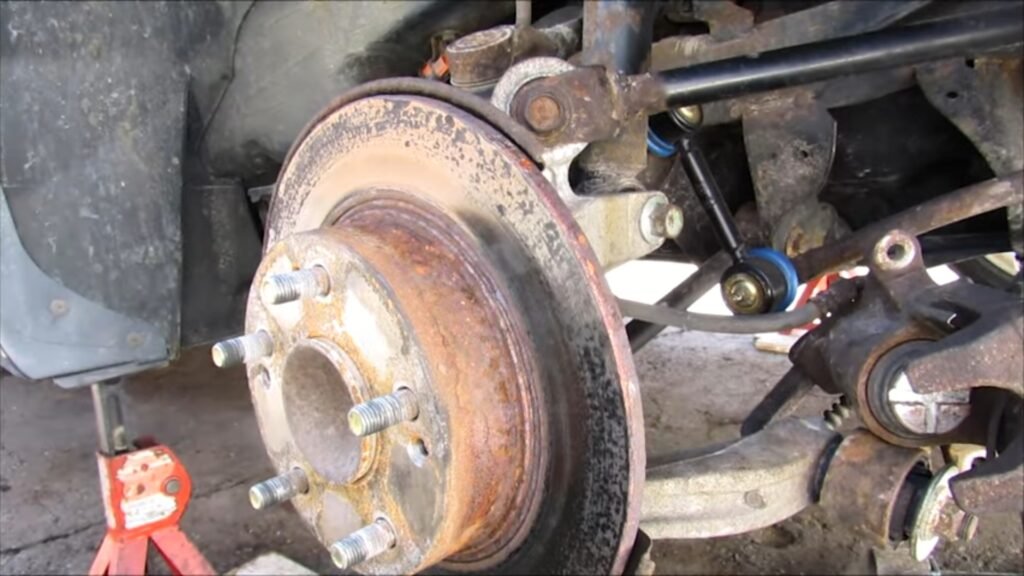
Since the DSTC works directly with the ABS, it is sometimes possible to trace the cause to the brake system. Having a professional inspect the ABS sensors and modules for faults and replacing them if necessary is recommended.
Seek professional help
Consult a professional mechanic if you cannot diagnose or fix the warning message. The team has advanced tools and expert knowledge to promptly diagnose and repair your car.
Conclusion
A “DSTC Service Required” warning indicates that the Dynamic Stability and Traction Control system may be malfunctioning. A fast fix ensures the vehicle’s handling and safety features function properly.
When you see this warning or have the symptoms that go along with it, it’s best to contact an expert mechanic or a dealership. Keeping your vehicle’s safety systems in top condition with scheduled maintenance and timely DSTC service will increase your peace of mind and ensure a safe driving experience.
FAQ’s
What is dynamic stability?
DSC ( Dynamic Stability Control) uses ABS, TCS, etc. to automatically adjust brakes and engine output to prevent the vehicle from skidding when driving on slippery roads or due to sudden steering operations such as emergency avoidance . This is a device that controls and ensures the stability of the vehicle.
What is stability control?
Stabilizes the vehicle body when cornering. When you make a sudden steering operation to avoid an obstacle, or when you suddenly enter a slippery road, the vehicle may become unstable, such as skidding. . This system is a device that controls these conditions and improves the stability of the car.
What is the difference between DSC and TCS?
Combines DSC (Dynamic Stability Control System), which suppresses engine output to prevent skidding, and TCS (Traction Control System), which prevents wheel spin that can occur on slippery roads and enables stable starting and turning. What I put together.
What is dstc on a Volvo?
Dynamic Stability & Traction Control is a system installed on Volvo cars. A Volvo S80 saloon released in 1998 introduced it for the first time. This system plays a major role in vehicle safety; it helps to avoid skidding and wheel slipping as well as improves handling and maneuverability.
what does dstc mean in a Volvo?
Dynamic Stability & Traction Control is a system installed on Volvo cars. The Volvo S80 saloon, released in 1998, was the first to feature it.. As well as improving handling and maneuverability, this system prevents skidding and wheel slippage.






